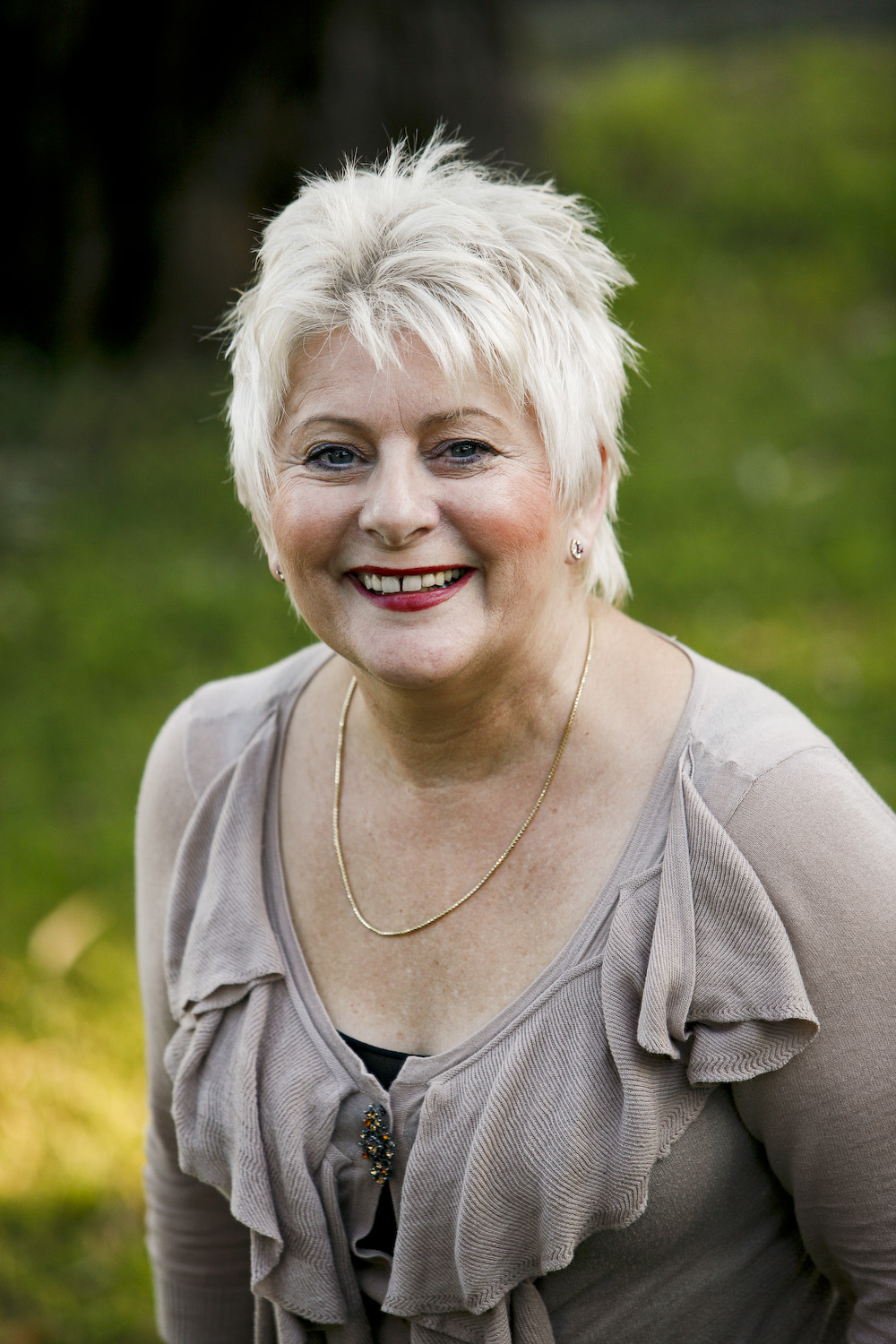
Sleep Disordered
A sleep disorder, or somnipathy, is a medical disorder of the sleep patterns of a person or animal. Some sleep disorders are serious enough to interfere with normal physical, mental, social and emotional functioning. Polysomnography and actigraphy are tests commonly ordered for some sleep disorders.
Disruptions in sleep can be caused by a variety of issues, including teeth grinding (bruxism) and night terrors. When a person suffers from difficulty falling asleep and/or staying asleep with no obvious cause, it is referred to as insomnia.
Sleep disorders are broadly classified into dyssomnias, parasomnias, circadian rhythm sleep disorders involving the timing of sleep, and other disorders including ones caused by medical or psychological conditions.
The most common sleep disorder is insomnia. Others are sleep apnea, narcolepsy and hypersomnia (excessive sleepiness at inappropriate times), sleeping sickness (disruption of sleep cycle due to infection), sleepwalking, and night terrors. Management of sleep disturbances that are secondary to mental, medical, or substance abuse disorders should focus on the underlying conditions.
Primary sleep disorders are common in both children and adults. However, there is a significant lack of awareness in children with sleep disorders, due to most cases being unidentified. Several common factors involved in the onset of a sleep disorder include increased medication use, age-related changes in circadian rhythms, environmental and lifestyle changes [4] and pre diagnosed physiological problems and stress. The risk of developing sleep disorders in the elderly is especially increased for sleep disordered breathing, periodic limb movements, restless legs syndrome, REM sleep behavior disorders, insomnia and circadian rhythm disturbances.








